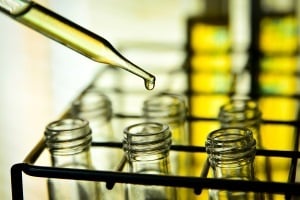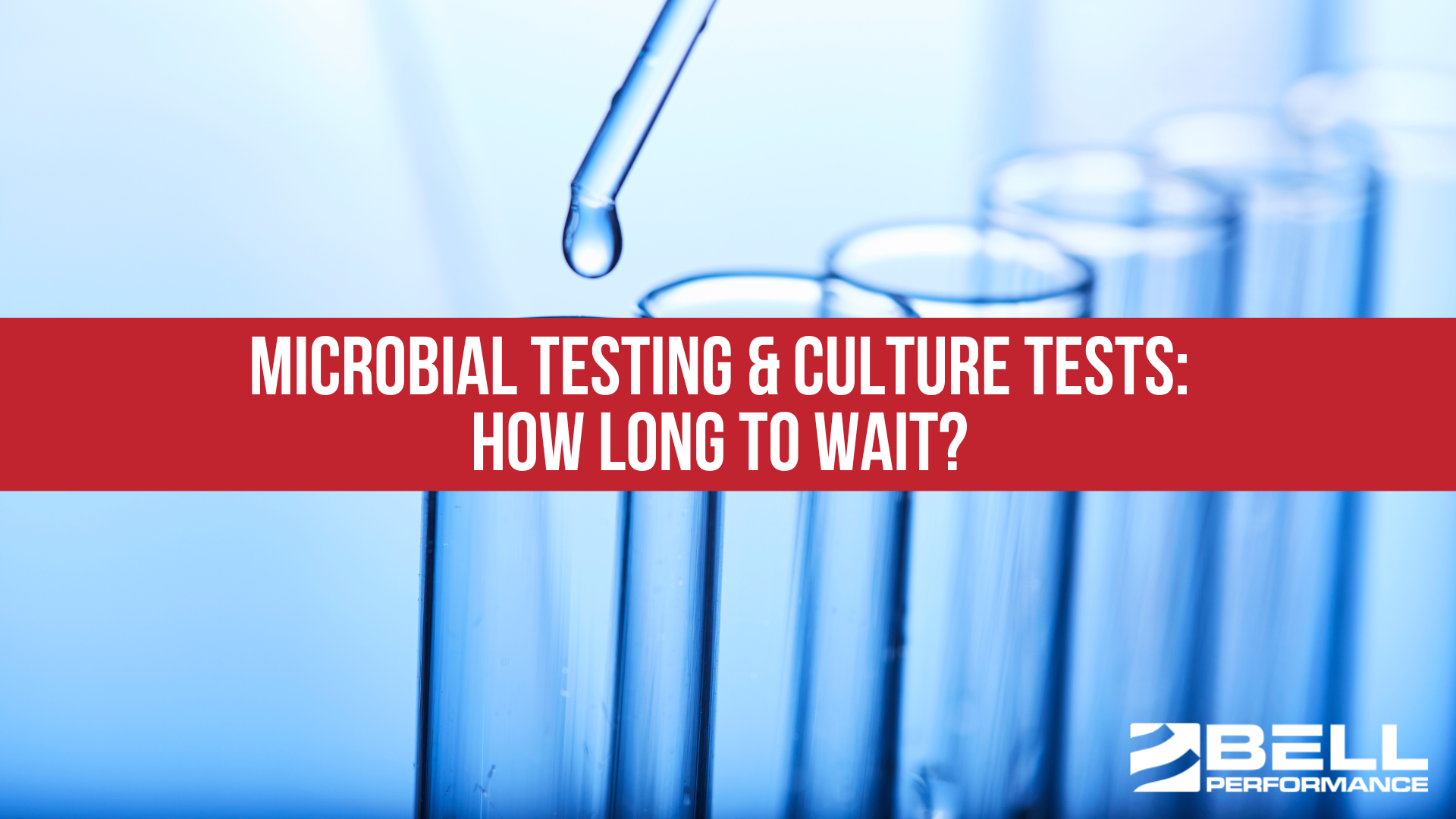Fuel testing for microbes: Better options for managing stored fuel
Successfully managing stored fuel entails a lot of considerations, bringing with the territory lots of people giving advice and guidelines and best...
This blog post isn't about quite what you might think. We're talking about microbial testing. Today's stored fuels require a lot more upkeep than the fuels of the past, and this includes having to deal with microbial growth - the kind that happens when you get water in the tank. Dealing with microbial growth is a whole lot easier if you can test for microbes to know for sure if you have a problem.
![]() Today, we have the advantage of access to multiple in-field options for detecting and quantifying the microbial growth in our systems. We can have the benefit of a clearly defined problem by using them. But they're not all equally good - some are better than others.
Today, we have the advantage of access to multiple in-field options for detecting and quantifying the microbial growth in our systems. We can have the benefit of a clearly defined problem by using them. But they're not all equally good - some are better than others.
You may think that we're going to tell you that being selective is important because choosing the right test is important. While that's true, that wasn't what we were getting at. We are going to do some comparing and contrasting of some of the microbial testing options - solid dip slides, gel culture tests, liquid indicator culture tests, ATP pens, and ATP-By-Filtration. Whichever one you choose, you want your results to be as accurate as possible. Accuracy, in this context, means that the microbes that "show up" in your test result match the microbes that are in the testing sample (that, hopefully, will match what's in your broader system).
No microbial test will reflect 100% of the actual microbes in your system. But different tests have higher (or lower) levels of "selectivity". A microbe test with high selectivity will be one that's able to show you a greater proportion of the microbes that were in your sample. So it's important for your test to be selective.
Culture microbial tests rely on re-growing whatever microbes were in your sample. Culture tests tend to have extremely low selectivity of less than 1%. Whatever microbes show up after the incubation period of 3 or 4 or 5 days, you can assume those are less than 1% of the kinds of microbes you've actually got in your sample.
Why? Because of the the change in conditions and what you're using to grow them.
What you're using to grow them? There are thousands of different kinds of growth mediums - what the culture test uses for food for the microbes to re-grow themselves. Not all microbes grow well on any given growth medium. Some microbes may grow better in the culture than they did in their original environment. The ones that don't like it will die off before they have a chance to multiply to large enough numbers that they can be detected in the test. This means your culture test will be underestimating your actual microbial levels.
Change in conditions? Some microbes like to grow in direct light, while light will kill other kinds. A lot of microbes grow fine in the presence of air (oxygen), yet there are many more that can't tolerate oxygen - it will kill them. If you pull a fuel sample from a tank, you have microbes in there taken from an environment where it's dark and "underwater" so to speak. Well, under fuel, actually. How much air is down there? They prefer "anaerobic" environments. So you've taken microbes out of an environment where they have everything they need to live long and prosper, and you're shocking them by throwing them into a completely different environment. Should we really be surprised if some of them (or even most of them) ended up dying off? Dead microbes won't show up on a culture test.
So only a small part of the microbes from your sample actually show up in your test. That means the results from any in-field microbial culture tests aren't going to be very accurate, in the sense that what they're showing you mirrors the microbes in your fuel that you're trying to detect and measure.
ATP microbial tests, whether the 1st generation ATP pen or next generation ATP-By-Filtration, don't rely on re-growing microbes and measuring what you can see. They measure microbes in real time and their results are not dependent on the ability of the test to preserve the microbial fauna of the sample over time. Microbiologists estimate ATP tests have a selectivity of 60-70% vs. less than 1% for microbial culture tests.
You don't have to be a mathematician to get a sense that there's a huge difference between those levels of selectivity. If the purpose of microbial testing is to tell you what's in the fuel you're taking care of, how useful could a test be that misses 99% of the microbial population? That's a rhetorical question, of course.
Make no mistake - managing your stored fuel entails managing and preventing its inevitable microbial problems. You don't have to guess any more at whether you have a problem (or are about to have one) - there are good, inexpensive testing options that will help give you the answers. Just choose wisely. If you want to wait 3 or 4 or 5 days for results that won't be very accurate, use one of the many culture tests on the market. If you want high accuracy results in just 5-10 minutes, choose an ATP test to monitor the microbial content of your fuel.

Successfully managing stored fuel entails a lot of considerations, bringing with the territory lots of people giving advice and guidelines and best...
Testing is only as good as the sample. It’s impossible to get reliable or accurate fuel testing information without a good fuel sample. You might...

With all the changes to today's fuels, microbial contamination is fast trending towards being the #1 most common problem with stored fuel. The market...